Some ideas arrive too soon for the world to handle. The 1960s were packed with inventions that felt like science fiction—until they became part of our reality decades later. Here’s a look at some incredible inventions from the ’60s that were years—sometimes decades—too soon.
The Picturephone (1964)

Before FaceTime and Zoom, Bell Labs introduced a video telephone at the 1964 World’s Fair. The idea of seeing someone while talking was mesmerizing, but at $16 for three minutes (about $150 today), it was far from practical. Businesses and airports experimented with it, but the public found it too expensive and awkward. It took faster internet and smartphones to make video calls a part of daily life.
The Lunar Rover (1969)
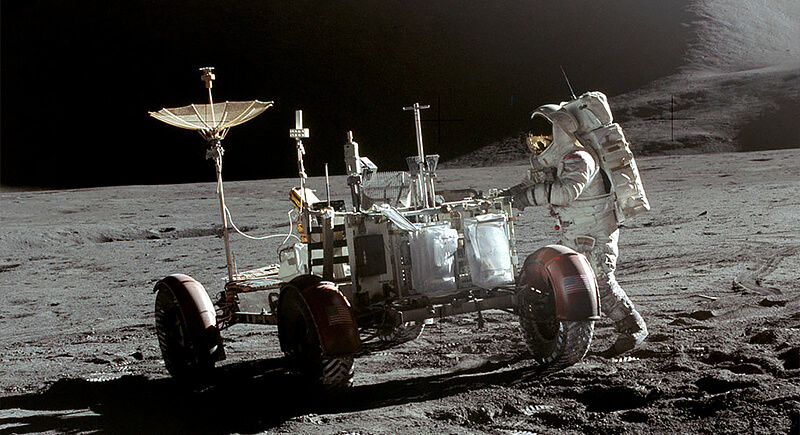
Building a vehicle for the Moon meant starting from scratch. NASA engineers developed a lightweight, battery-powered buggy that allowed astronauts to travel further than ever before. Weighing just 460 pounds, it folded up neatly for transport and handled the Moon’s dusty, crater-filled surface with ease.
Airbags for Cars (1968)

Seat belts were gaining acceptance, but automatic crash protection was still a radical concept. In 1968, Allen Breed created a system that deployed an air-filled cushion during a collision. Auto manufacturers didn’t immediately jump on board, and it took until the ’90s for airbags to become standard.
The Computer Mouse (1964)
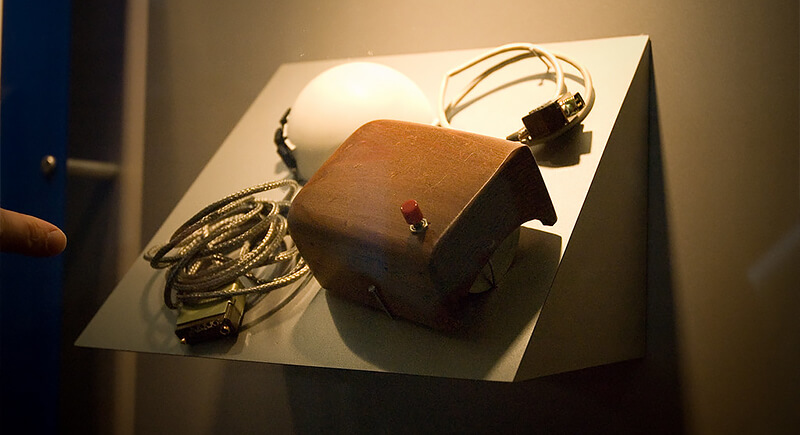
At a time when computers relied on punch cards and blinking lights, Douglas Engelbart designed a device that allowed users to move a cursor on a screen with their hands. The original prototype—a wooden block with a button—was dismissed as unnecessary. It wasn’t until Apple and Microsoft popularized graphical user interfaces that the mouse became a computing staple.
Home Video Recording (1965)
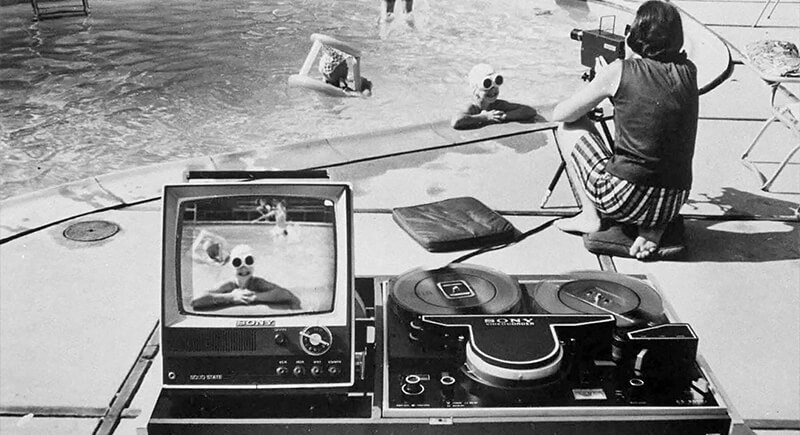
Before VHS tapes and DVRs, Sony introduced a home video recorder called the CV-2000. It gave people the ability to record television and watch it later—something unheard of back then. The downside was that it was massive, costly, and only recorded in black and white. While it never became a household item, it laid the groundwork for the future of home entertainment.
Cordless Telephones (1965)
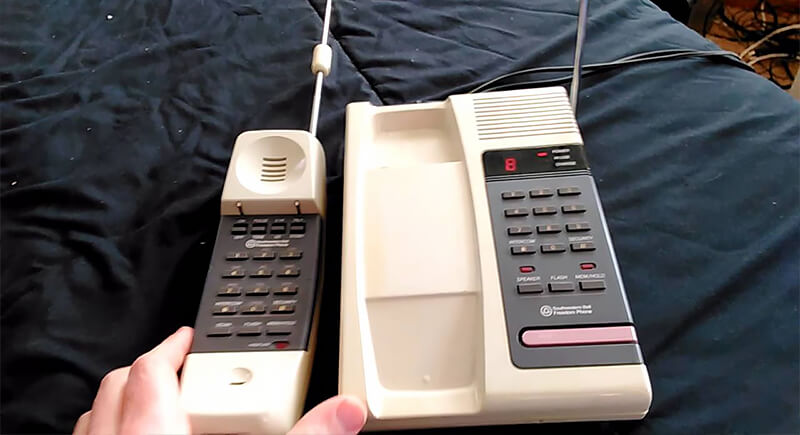
In an era when landlines were physically tethered to the wall, George Sweigert envisioned a phone that could function without wires. His patent detailed a device that used radio waves to transmit voice signals. Despite its potential, the technology took years to develop into something practical. By the 1990s, cordless home phones were everywhere and paved the way for mobile communication.
Wearable Computers (1961)
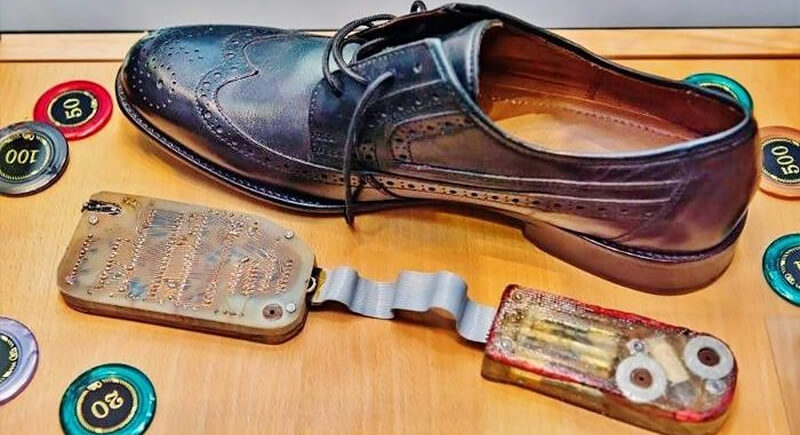
MIT mathematicians Edward Thorp and Claude Shannon created a covert computing device to predict roulette outcomes. Worn inside a shoe, it sent signals to an earpiece and helped gamblers outsmart casinos. This tiny processor was an early step toward wearable technology—long before smartwatches and augmented reality glasses became common.
Telstar (1962)
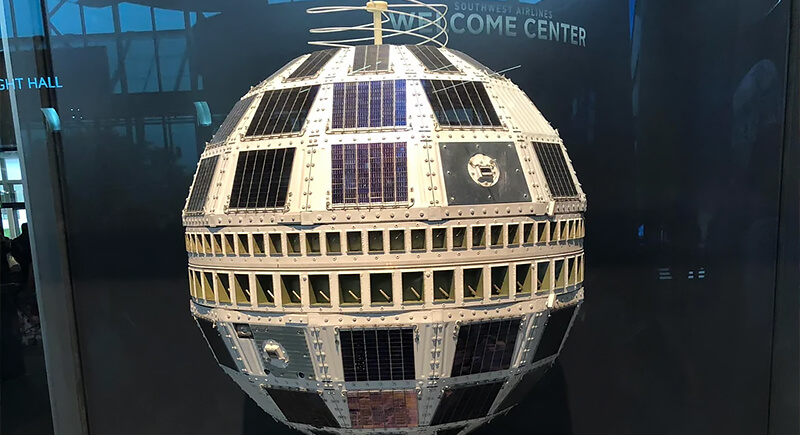
Live global television was impossible—until Telstar transmitted the first transatlantic broadcast. Launched by AT&T and NASA, this small orbital device allowed viewers in North America and Europe to watch the same live news and sporting events. Its success set the stage for satellite television, global communication networks, and the interconnected world we rely on today.
The Manned Jetpack (1961)
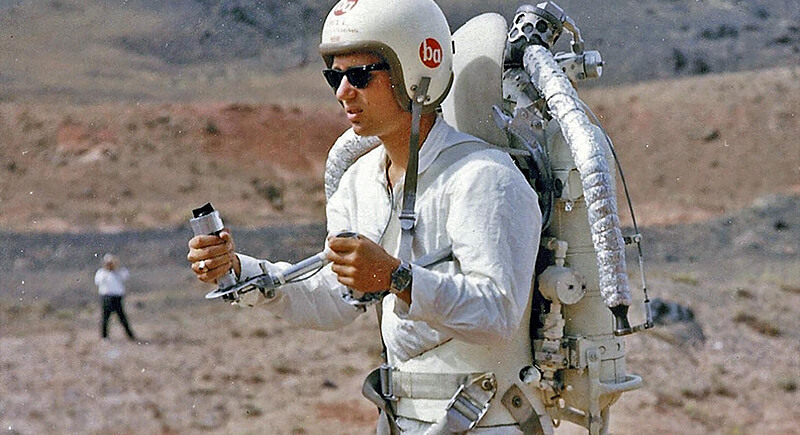
Strapping a rocket to your back and soaring through the sky sounds like science fiction, but Bell Aerosystems built a working model for the U.S. Army. The problem was that it burned fuel too quickly—flights lasted less than 30 seconds.
Artificial Heart Technology (1969)

The idea of replacing a failing human heart with a mechanical pump was revolutionary. Dr. Denton Cooley performed the first successful implantation of a temporary heart, keeping a patient alive for 64 hours until a donor was found. This bold experiment paved the way for today’s fully functional artificial hearts and cardiac-assist devices.
Self-Driving Vehicle Research (1968)
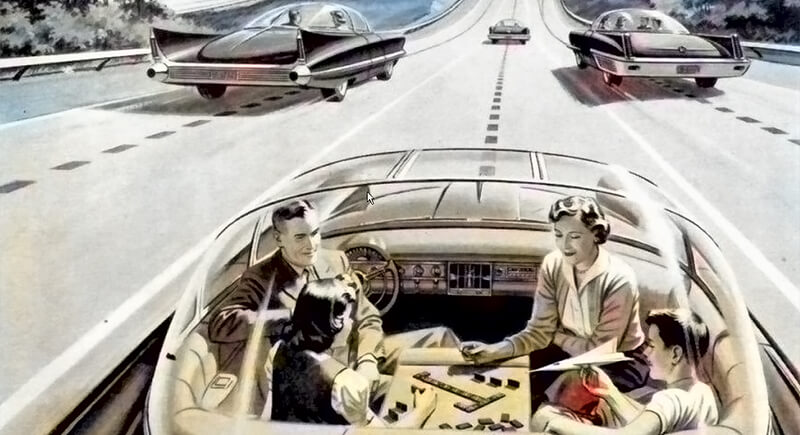
Decades before Tesla, General Motors experimented with a driverless car that navigated using embedded road sensors. But at the time, computers weren’t powerful enough, and road infrastructure wasn’t designed for automation.
3D Computer Graphics (1968)
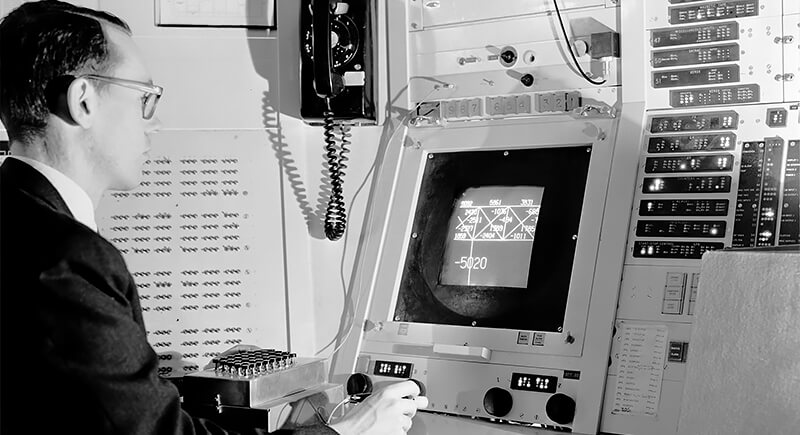
Before Pixar and CGI blockbusters, Ivan Sutherland developed an early 3D modeling program called Sketchpad. This pioneering software allowed users to create and manipulate digital objects in a virtual space. But it was the 60s and computers couldn’t handle complex rendering, so it remained a niche tool.
Light-Emitting Diodes (LEDs) (1962)
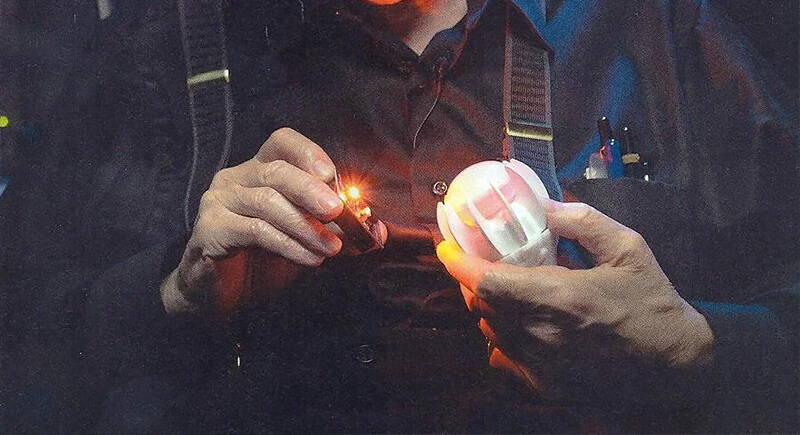
Nick Holonyak Jr. developed the first practical visible-light LED. Initially dismissed as a scientific novelty, LEDs were overlooked for years. It wasn’t until the late 20th century that their energy efficiency and long lifespan made them a cornerstone of the electronics that we use today.
ATM Machines (1967)
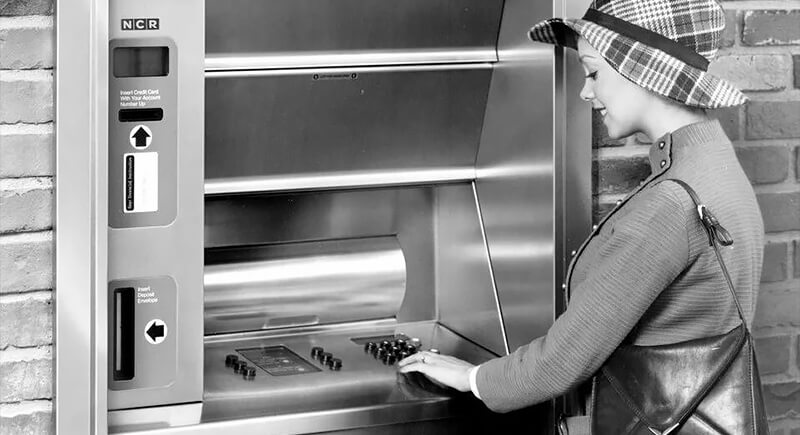
The idea of withdrawing cash from an automated machine instead of a bank teller was unheard of—until John Shepherd-Barron introduced the world’s first ATM in London. Early versions required special vouchers rather than debit cards, and adoption was slow. By the 1980s, ATMs had revolutionized banking.
The Internet (1969)
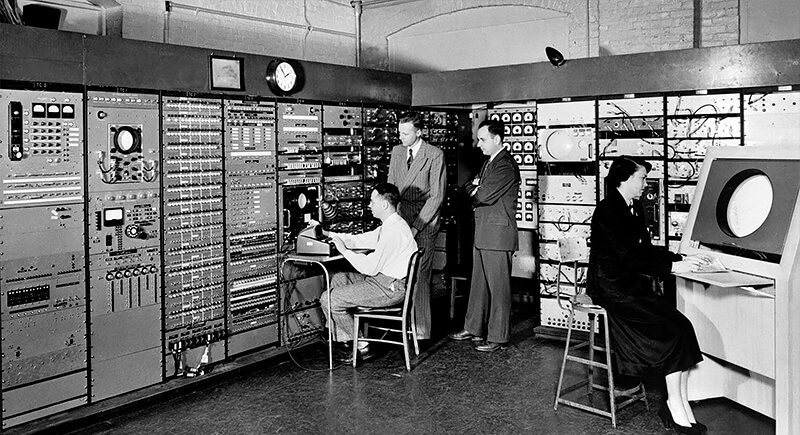
While the World Wide Web didn’t emerge until the ’90s, the foundation for modern Internet communication was laid in 1969 with ARPANET. Developed by the U.S. Department of Defense, ARPANET allowed computers to exchange data over long distances. It was primitive compared to today’s high-speed networks, but it set the stage for the digital revolution.